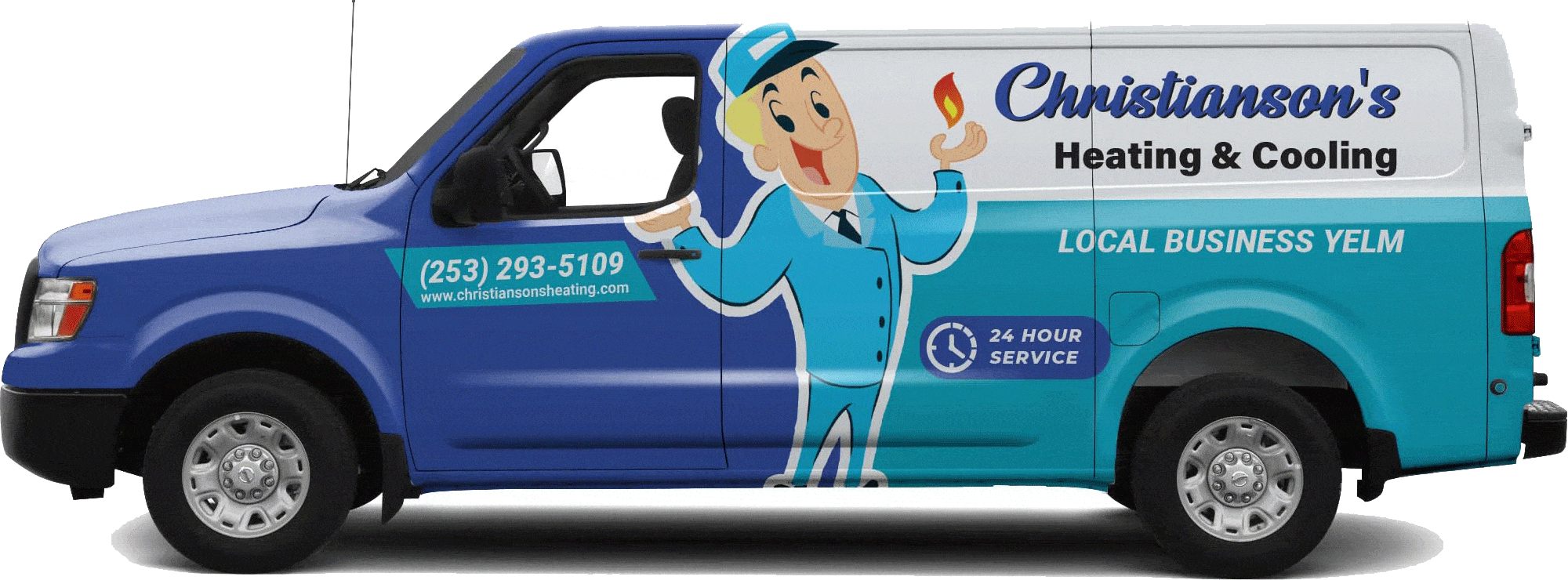
Geothermal
Geothermal heat pump (GHPs), also known as GeoExchange or earth-coupled ground-source, water-source, or geo-exchange, have been in operation since the 1940s. Instead of using the outside air temperature, they use the relatively constant temperature in the earth to exchange heat.
Many parts of the country are subject to extreme temperature changes, from hot summers to freezing winters. However, the ground is relatively stable at just a few feet below the surface. Ground temperatures can vary depending on where you are located. They can range from 45degF (7degC), to 75degF (21) depending on your latitude. This ground temperature is similar to a cave. It is warmer than the air over it in winter, and cooler than the summer air. GHP uses these favorable temperatures to increase its efficiency by exchanging heat with earth via a ground heat exchanger.
Geothermal and water-source heat pump are just like any other heat pump. They can heat, cool and supply hot water to the house if they are equipped. For greater comfort and energy savings, some geothermal systems can be equipped with variable fans and two-speed compressors. They are quieter than air-source heat pump, last longer, require less maintenance, and don't depend on outside temperature.
Dual-source heat pumps combine an air-source heat source with a geothermal heat pump. These appliances combine the best from both systems. Dual-source heat pumps are more efficient than air-source units but not as efficient like geothermal units. Dual-source heat pumps have the advantage of being cheaper to install than single geothermal units and they work nearly as well.
Although a geothermal system's installation cost can be higher than an air-source system with the same cooling and heating capacity, energy savings may come back in the form of additional energy savings within 5-10 years depending on how much energy you have available and the incentives that are available in your area. The system life expectancy is between 24 and 50 years for the inside components, and 50 to 60 years for ground loop. Each year, approximately 50,000 geothermal heat pump are installed in the United States.
Different Types of Geothermal Heat Pump Systems
There are four types of ground loop systems. Closed-loop systems are three of them -- the horizontal, vertical and pond/lake. Open-loop is the fourth type. The best type of system for a particular site depends on many factors, including the climate, soil conditions, available terrain, and local installation cost. These approaches can all be used in residential or commercial building applications.
Closed-Loop Systems
Closed-loop geothermal heat pump circulate antifreeze through a closed loop. This closed loop is usually made from a high-density plastic tubing that is either buried or submerged in water. Heat exchangers transfer heat between the heat pump's refrigerant and the closed loop's antifreeze solution.
Direct exchange is one type of closed-loop system that does not require a heat exchanger. Instead, the refrigerant is sent through copper tubing buried in ground. Direct exchange systems are more powerful and require a larger compressor. They also work well in moist soils, although they may need additional irrigation to maintain soil moisture. However, you should not install them in soils that could corrode the copper tubing. These systems circulate refrigerant through ground. Some local regulations may prohibit their installation.
Horizontal
This installation is most economical for residential installations. It is especially good for new constructions where there is enough land. This requires trenches of at least four feet in depth. Two pipes are used in most layouts. One pipe is buried at six feet and one at four feet. The other pipe is buried at five feet. Slinky(tm), a method that loops pipe, allows for more pipe in a smaller trench. This reduces installation costs and allows horizontal installation in places where it is not possible with traditional horizontal applications.
Vertical
Vertical loops are often used in large commercial buildings and schools because it is prohibitive to install horizontal loops. Vertical loops can also be used in areas where soil is too low for trenching. They minimize disturbance to existing landscaping. Vertical loops are made by drilling holes approximately four inches in diameter at 20 feet each and 100 to 400 feet below the ground. To improve performance, two pipes are connected at the bottom by a U-bend. The horizontal loops are connected to horizontal pipes (i.e. manifold) and placed in trenches.
Pond/Lake
This may be the best option if the site has adequate water. To prevent freezing, a supply pipe is laid underground from the building to the water. It is coiled into circular shapes at least eight feet below the surface. You should not place the coils in water sources that exceed minimum requirements for volume, depth, or quality.
Open-Loop System
This system uses surface or well water as heat exchange fluid and circulates through the GHP system. After it has circulated through this system, the water is returned to the ground via the well, recharge well or surface discharge. This option is only possible if there is sufficient water supply and compliance with all regulations and codes regarding groundwater discharge.
Hybrid Systems
Hybrid systems that combine several geothermal resources or outdoor air (i.e. a cooling tower) are another option. Hybrid systems are especially effective when cooling and heating requirements are substantially higher than they are. The "standing column well" option is also available, if local geology allows. This type of open-loop system uses one or more deep vertical holes. The water is drawn from the base of a column and then returned to the top. The system can allow water to flow from the surrounding aquifer into the column during periods of high heating or cooling. The bleed cycle cools and heats the column during heat rejection. It also reduces the required bore depth.


